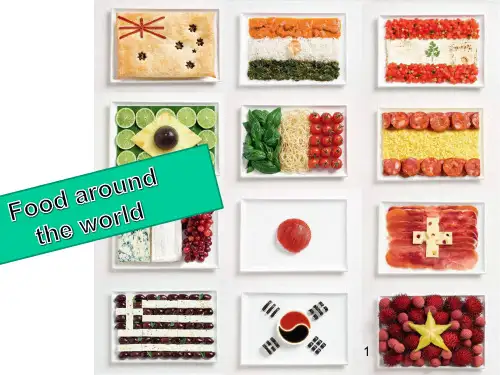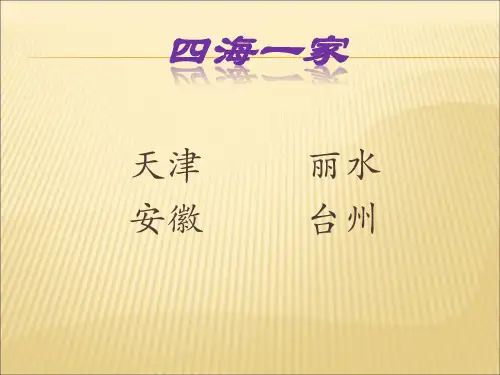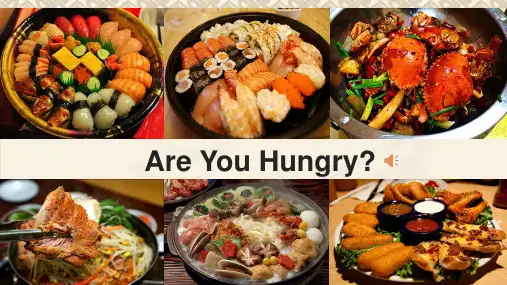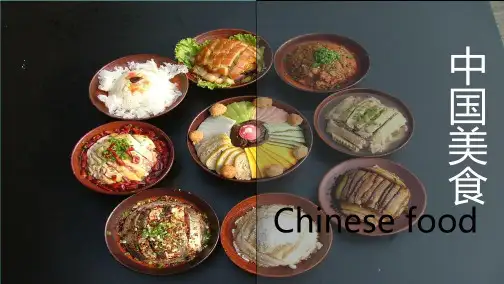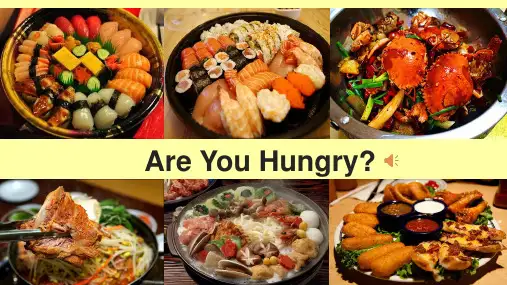Chinese food varies by region. In northern China, Mongolian influences are evident especially in the use of the fire pot. Rice is not grown in the north, so noodles, soybeans and breads are used more often. In the mountainous regions to the west, spicy foods are more prevalent. These forms are Szechuan and Hunan. In the south, Cantonese styles prevail. Fresh fruit and seafood are popular. Steamed rice is an important part of Chinese food. The Chinese believe that food can affect one's health. Eating the proper food can help prevent disease as well as heal. In Cantonese cooking, it is important that yin and yang foods and cooking methods are used in balance.
04
Japanese Food
Japanese Food
Japanese food emphasizes pure, clean flavors, and spices are used rarely. Due to influences from Buddhism, meals are made up of foods with five different colors and flavors. The five flavors included are sweet, spicy, salty, bitter and sour. The five colors included are yellow, black, white, green, and red. Meals are also meant to balance and create harmony between the artistic presentation of the food, the selection of the serving piece, and the taste of the food itself. Meals are to be eaten slowly. Noodles in soups and salads are common for lunch. Hashi, or chopsticks are used to eat food in Japan.
